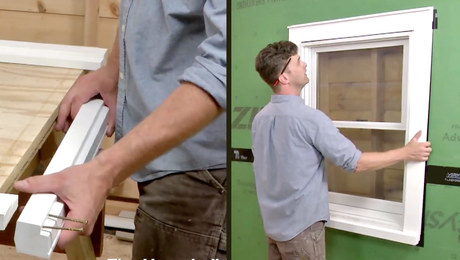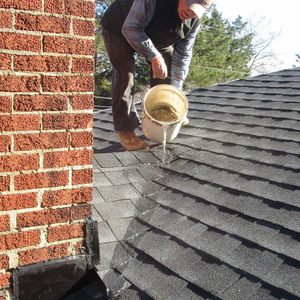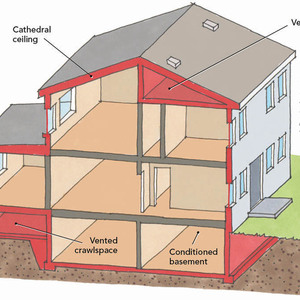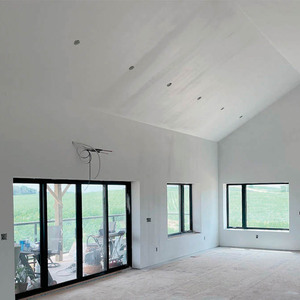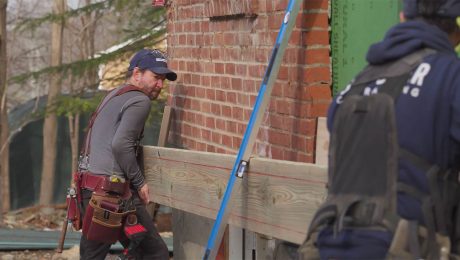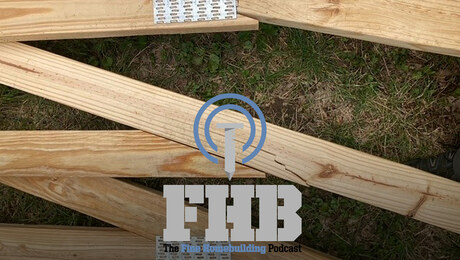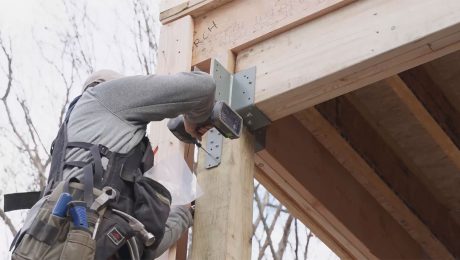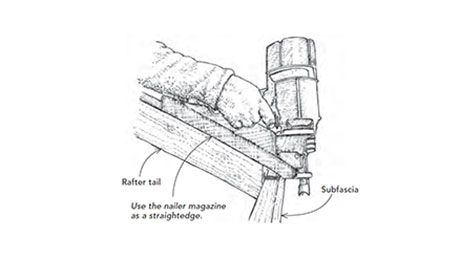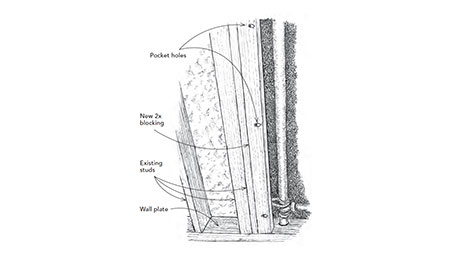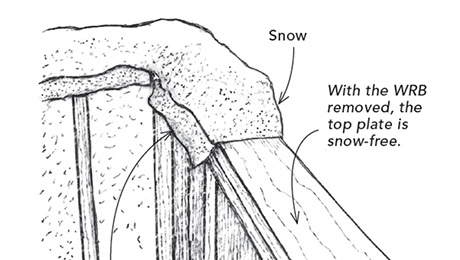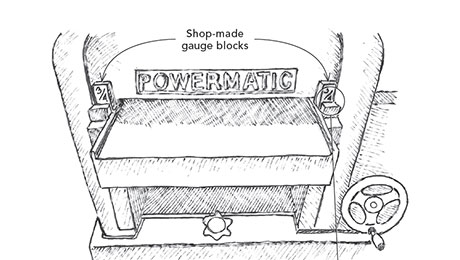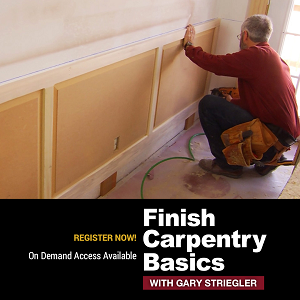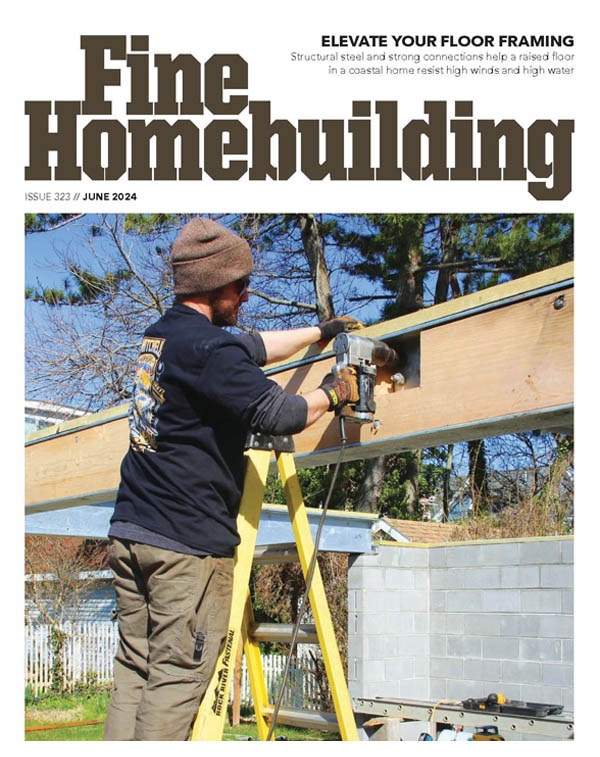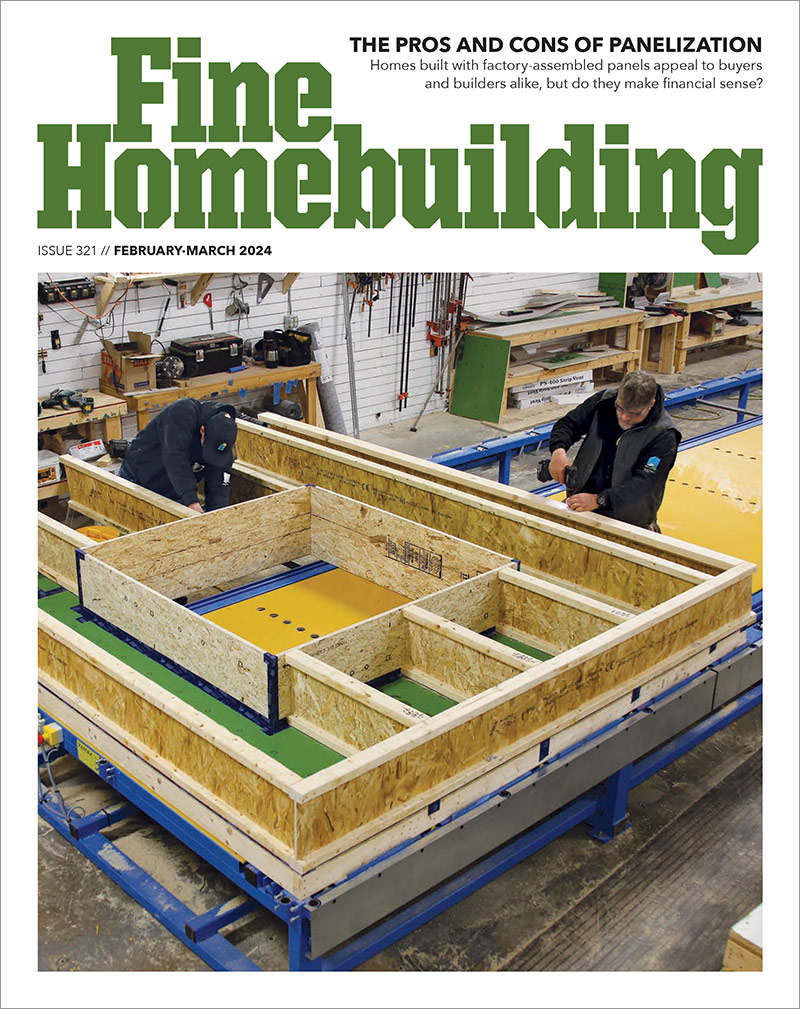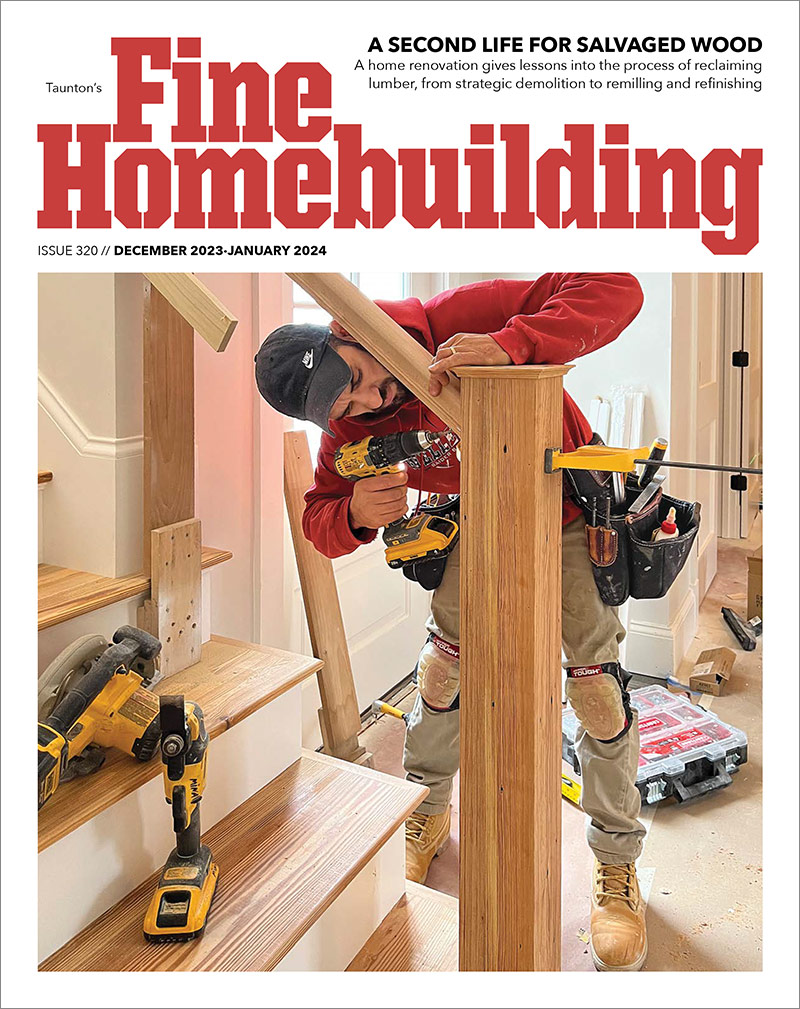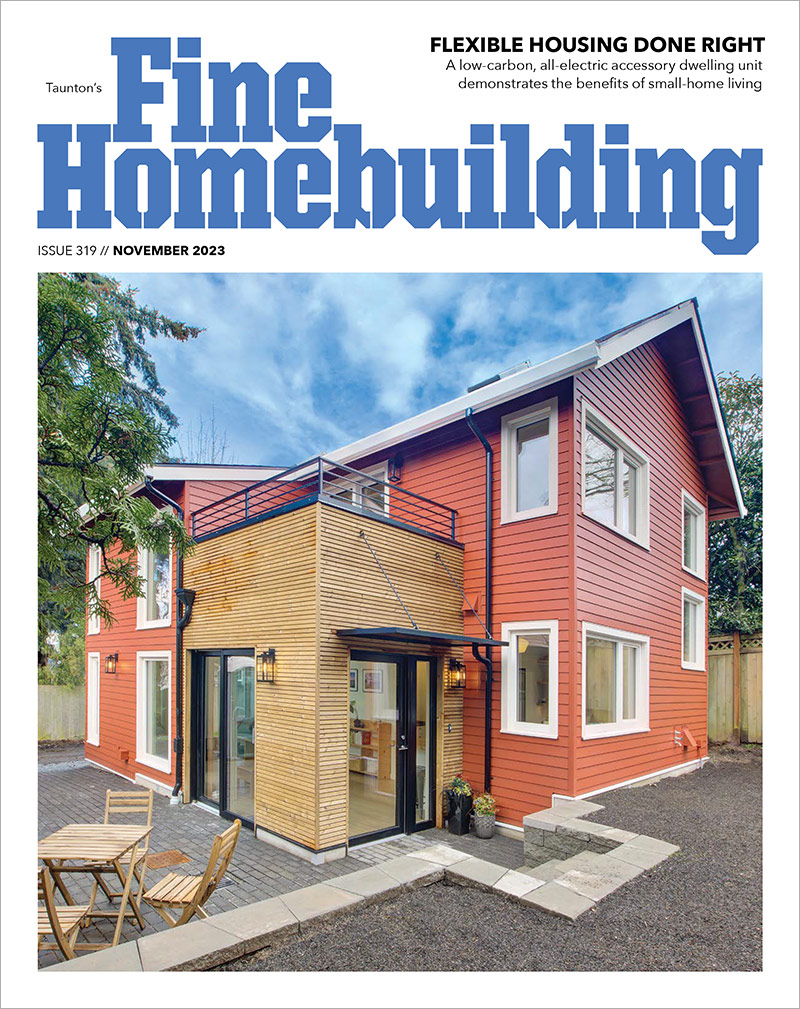Q:
I’ve been working on a two-story addition to my Chicago home for the better part of a year. I don’t have the roof on the structure, and I’m concerned that rain and snow have adversely affected the structural integrity of exposed material on my addition, such as the joists and studs. How long can wood framing be exposed to weather before it becomes water-damaged?
Antonius J. Elder, Chicago, IL
A:
John Spier, a custom-home builder on Block Island, Rhode Island, responds: Most everything we do takes long enough to build that it’s bound to get rained on a few times. Most framing material, even kiln-dried lumber, starts with a relatively high moisture content that gradually decreases and doesn’t stabilize until long after a house is completed.The occasional soaking from rain and snow over a few months or even a year or two of construction does little, if any, harm.
That said, there are some potential problems. One is any area where water is retained and the wood cannot periodically dry. Examples include walls framed in a wet basement or stacks of lumber lying flat.
Plywood subflooring that becomes wet and isn’t allowed to dry is prone to swelling, buckling and delaminating, particularly the tongue-and-groove variety, which does not drain well.We often drill 1/2-in. holes for drainage in areas where water pools. OSB has improved markedly in recent years, but it can be prone to expansion in thickness after a few wetting and drying cycles. Swollen OSB is not a structural issue, but it can cause problems when you trim out the house.
Last, many engineered-wood products, such as I-joists, laminated-veneer lumber (LVL) and parallel-strand lumber (PSL), are limited in their ability to withstand high moisture conditions over long periods of time. You should check the product literature and warranty information for any engineered lumber you might have used.
Sensible precautions include sweeping or squeegeeing off standing water, shoveling out snow before it melts, cutting out door sills and floor openings to prevent ponding and to promote drainage, and removing sawdust, which can soak up and hold moisture. Some builders routinely treat their subfloors with wood preservative or shellac, which also preserves their layout lines.

